
Coquitlam, BC, V3E3J9
604 728 7769
Ashleyyuxuanhuang@gmail.com


Coquitlam, BC, V3E3J9
604 728 7769
Ashleyyuxuanhuang@gmail.com
Year: 2024
Course: DES 202
Instructor: Riley Baechler
Location: UBC
Haven is a performance stage project conceptualized in Vancouver’s Grandview park, a contested site regularly used by an diverse community. Based on the imagery of curled wings and possessing a circular stage without defined audience and spectator, Haven is intended to convey a kind of performance absent from the park--one of reflection and sensory respite. Winding, twisting and oblique entrances becomes transitional space, where one has time to meander and reflect before entering the main performance space, becoming part of the performance.
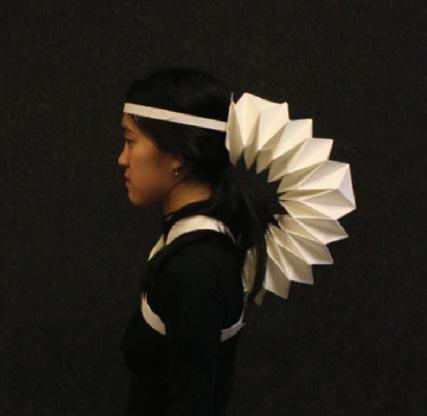











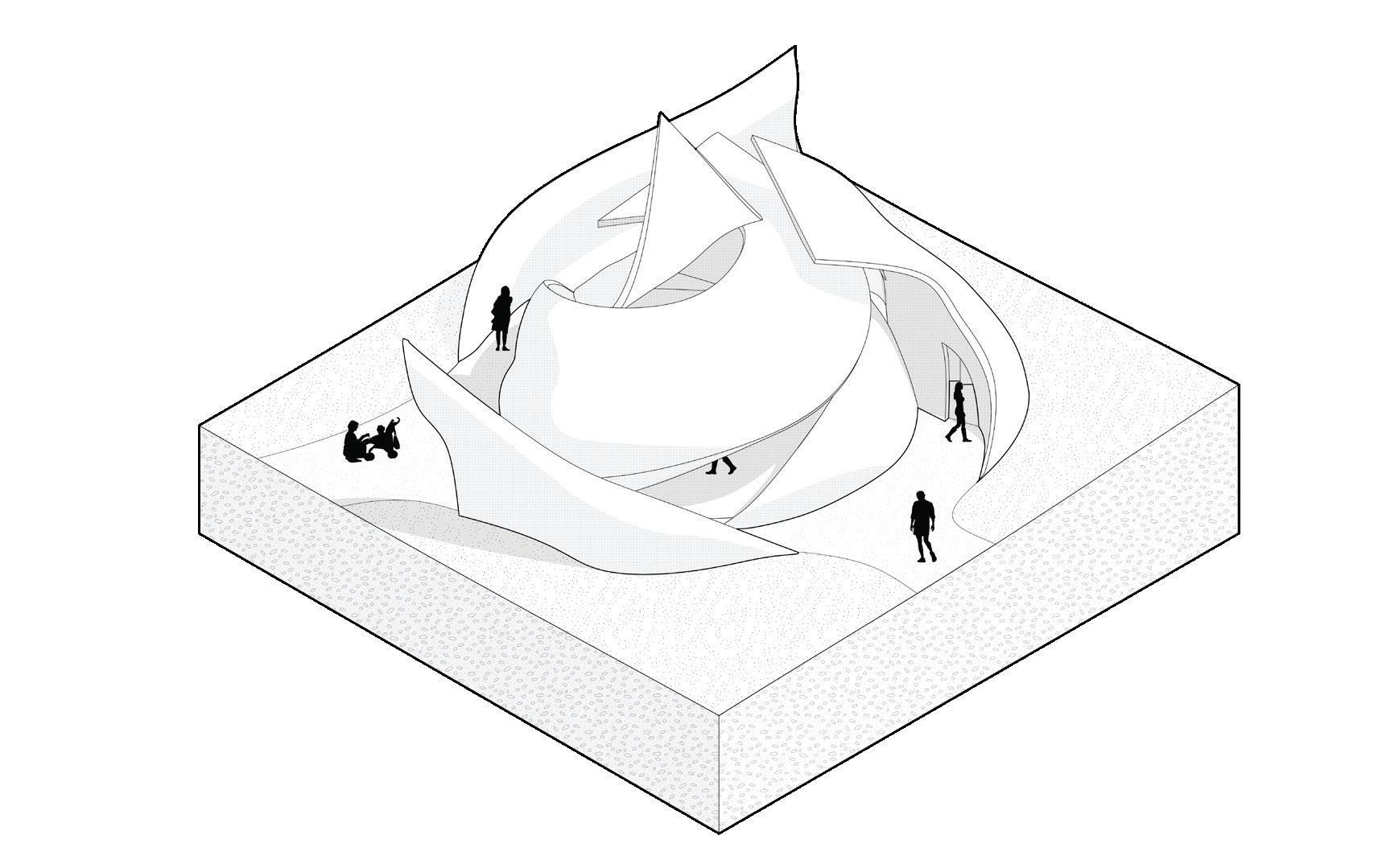
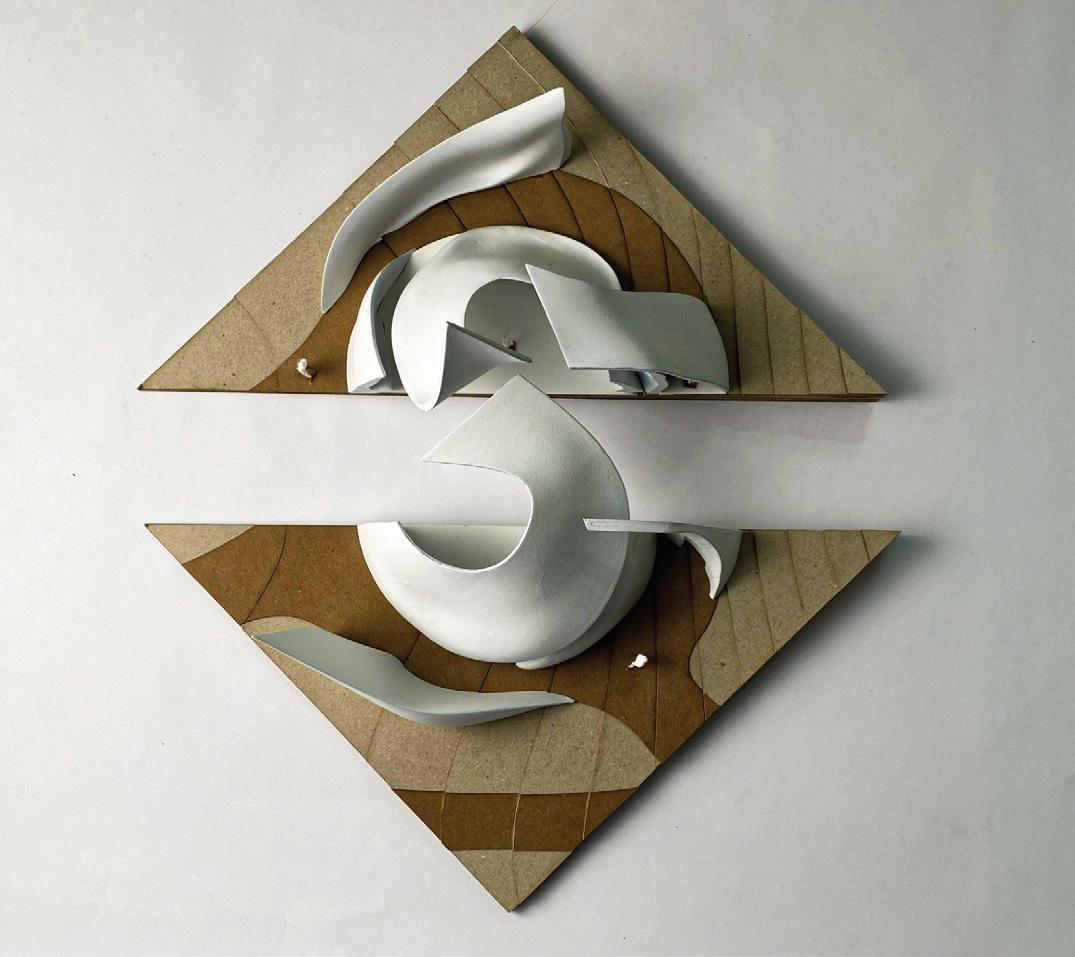
Two different types of chipboard were used to emphasize the textural differences between grass and path. The forms were 3D printed then treated into a porcelain-like materiality that highlights the purity and tranquility of the project.

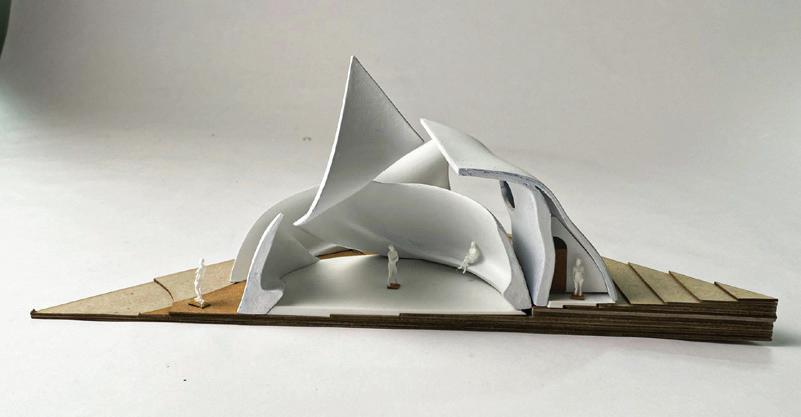

Year: 2023
Course: DES 201
Instructor: Autumn Riggan
Location: UBC
As a final studio project, I redesigned a 10 by 14 meter square located on Granville island’s Ron Basford park. Centered around the ecological goal of supporting the water movement of the site through materiality and planting and the social goal of connecting visitors to local history, this colourful playground evokes Granville island’s industrial past while supporting ecology through bioswales, gabions, native plantings.
Though the project began as a four person group project, conception of the design to the final renders were completed by me, with input from peers and instructors.









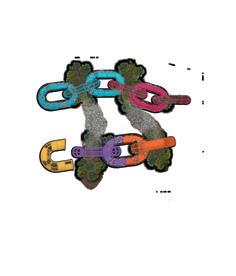

site plan


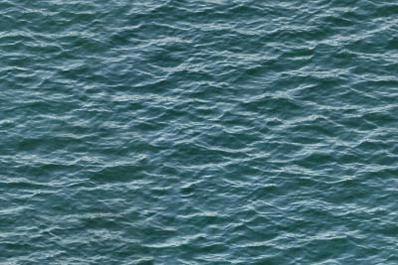

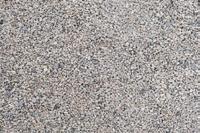





context map

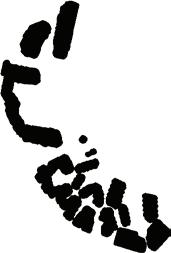




















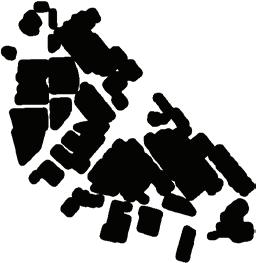




























































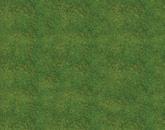









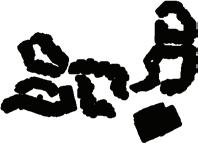





With my groupmates, we mapped the contrasting materialities of an seemingly industrial Granville Island vs the postindustrial, residential False Creek South. This concept helped inspire our project goals and guided the design of my final individual project, located on Ron Basford park (below).



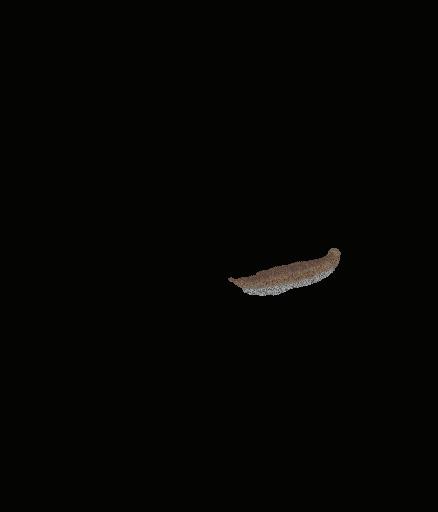








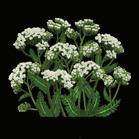













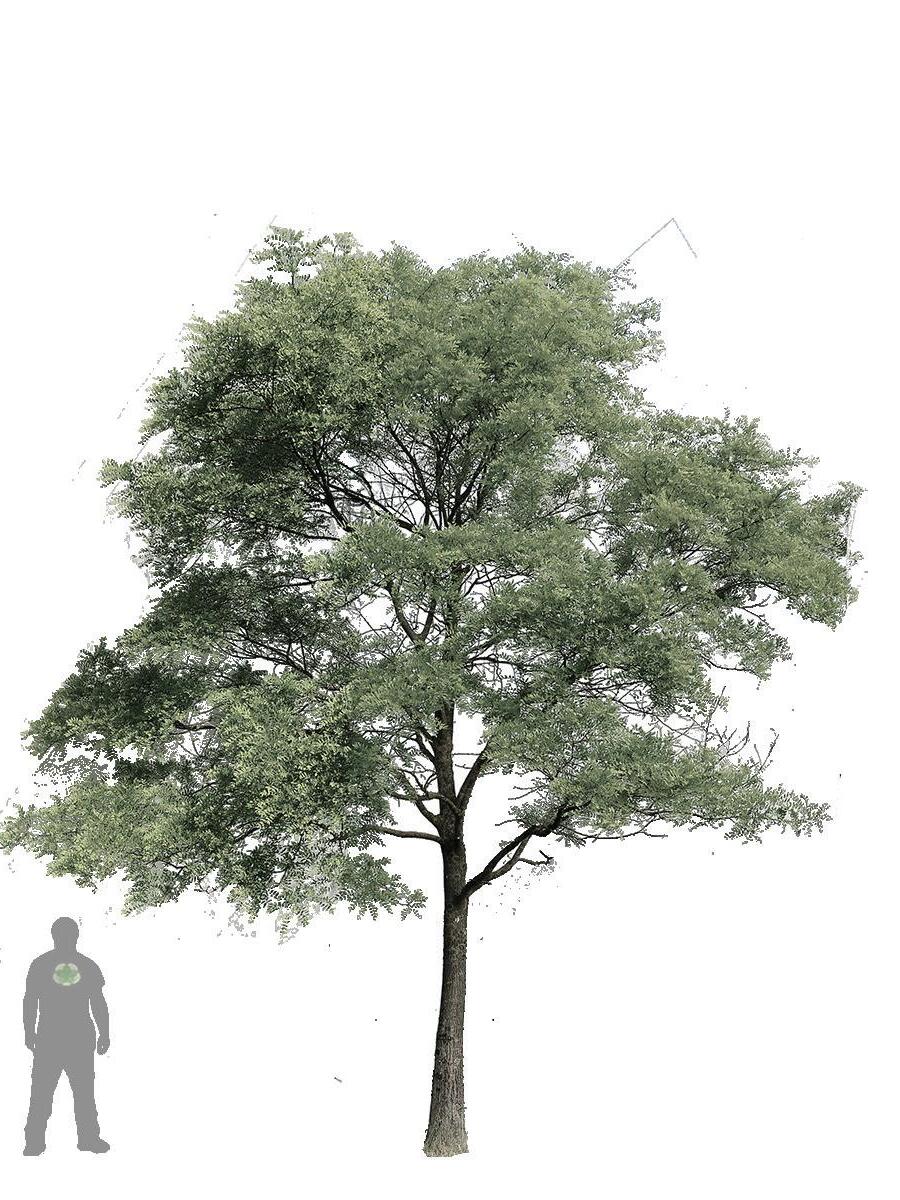




Chains were chosen as the base form as it allows Island’s industrial past. By emerging from the ground, it is as if Granville Island’s history is rising to the present, renewed. freedom of play for children and








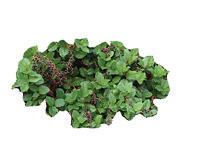

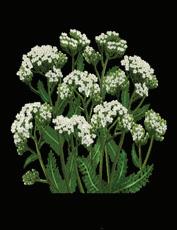

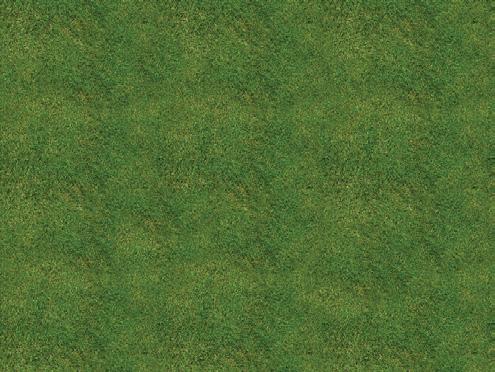
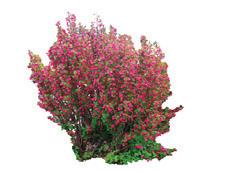






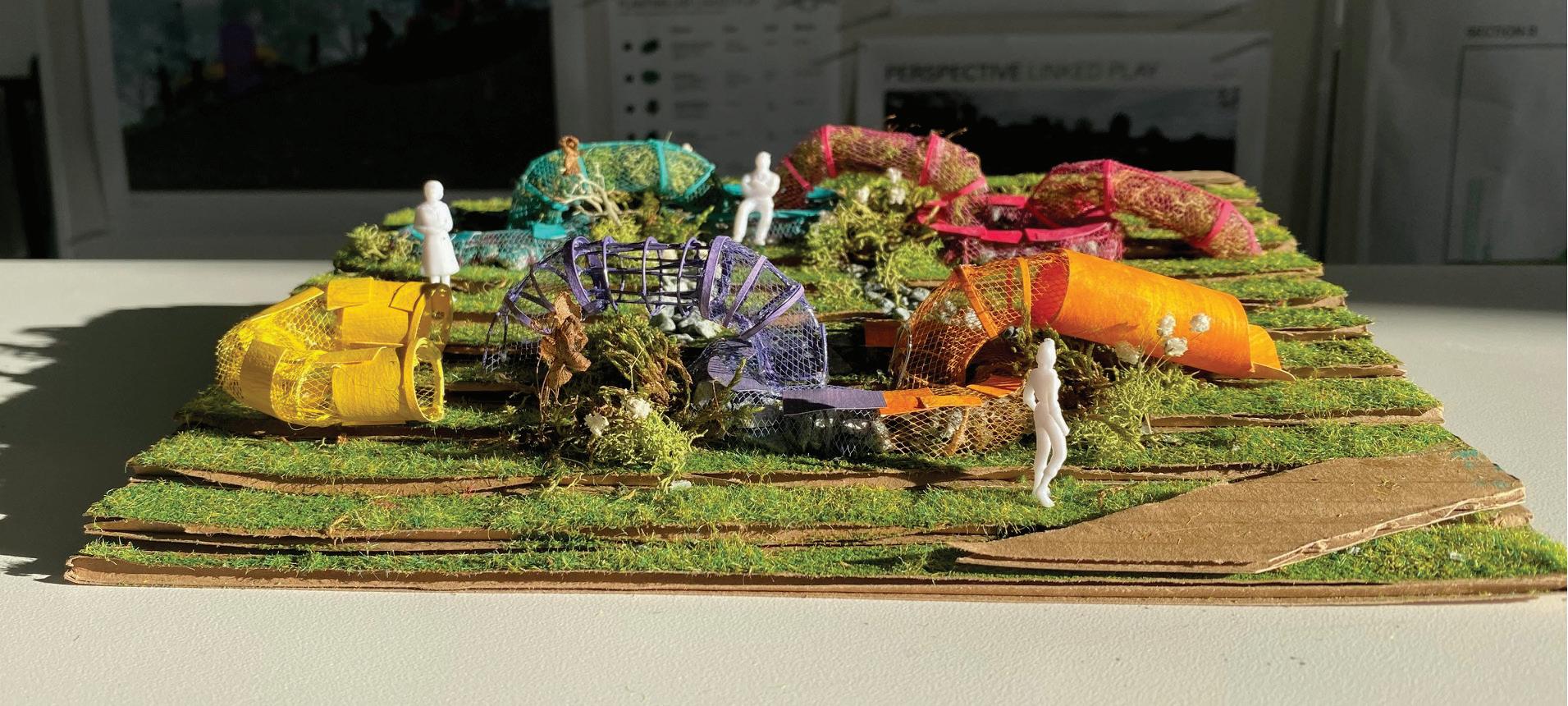
I felt that a more playful, colourful, almost clumsy approach would fit my project more than something more explicitly architectural. Using flocking, moss, stones, and dirt, as well as painted mesh and wire, I sought to convey atmosphere and realism through textures.
433 and 1439 E 2nd Avenue
Year: 2024
Course: DES 301
Instructor: Tania Gutierrez Monroy
Location: UBC
Collaborator: Rita Troinikova
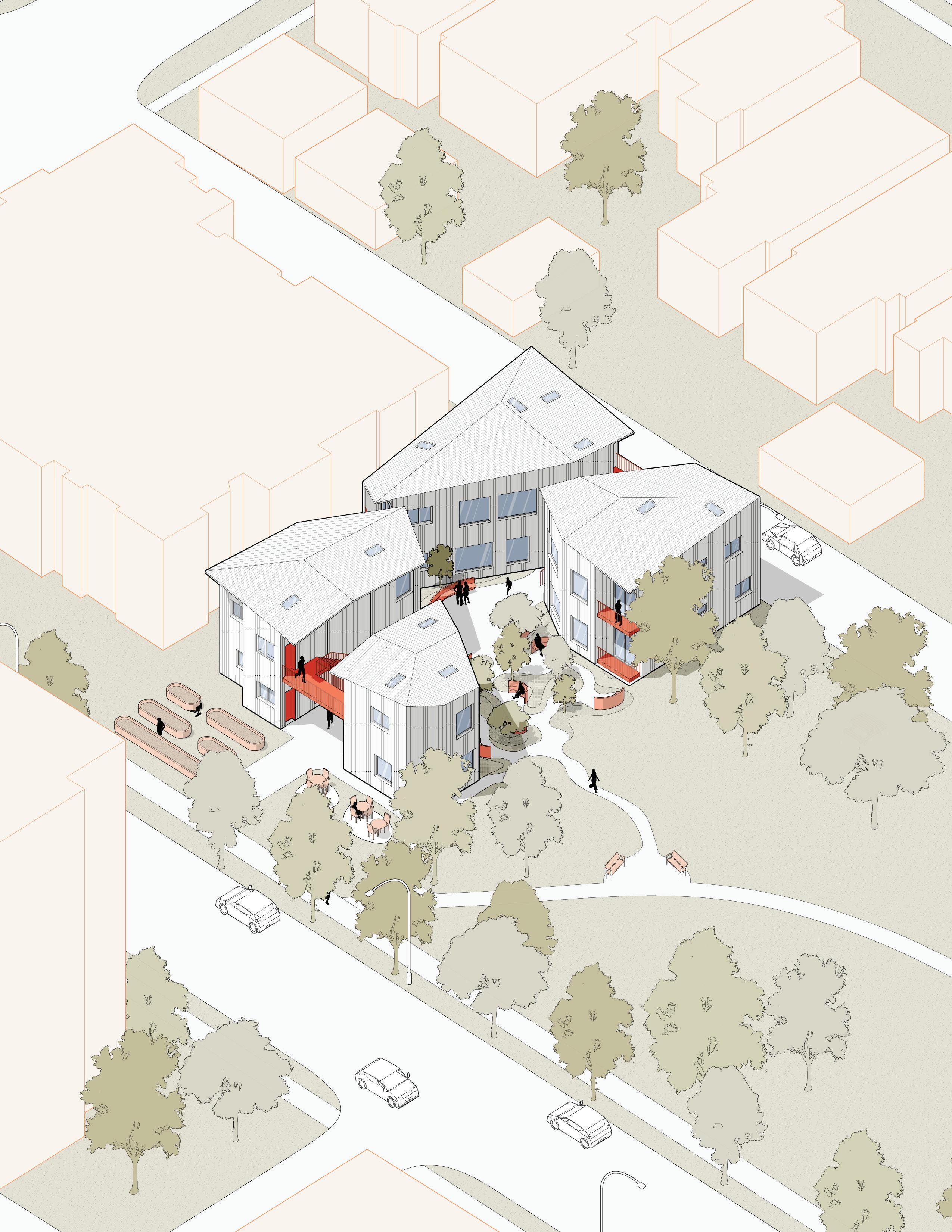
Fragment House is a social housing proposal in Vancouver’s GrandviewWoodland area, a neighborhood known for its family-friendly amenities, including healthcare, recreation, and education facilities, yet very few families. Fragment House aims to reverse this trend by offering twoand three-bedroom units designed to attract families with children and multigenerational households.
The design is guided by three principles: Green Integration, Porosity, and Community. The design enhances the connection to the existing park through integrated green spaces - a porous layout allows the landscape to blend seamlessly into the park, creating a private-to-public gradient and encouraging circulation through the form. Shared spaces, such as a public café, flexible studio for residents, community garden, and a courtyard promote safety and togetherness, ensuring a welcoming environment for families and children.
form finding
Form Finding Principles
Form Finding Principles
Form Finding Principles
Form Finding Principles
Form Finding Principles

Despite the irregular forms, each unit has ample space and shared walkways. The living rooms are oriented towards one another, allowing community inside and out of the units.
design principles
section perspective
Year: 2024

Location: China (Beijing, Chengdu), France (Paris), Italy (Rome), Czech Republic (Prague, Brno), Austria (Vienna), Ljubljana (Slovenia)
Last summer, I had the amazing opportunity to travel to China and afterwards participate in a study abroad trip in Europe. I took this chance to fill up my sketchbook with architecture so drastically different and to practice sketching with speed, accuracy, and intention.
All drawings were completed within 10-30 minutes of sketching and drawn in-situ with micron pens.


